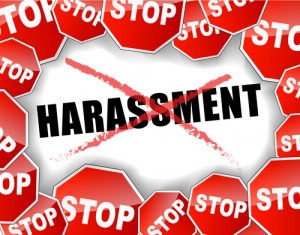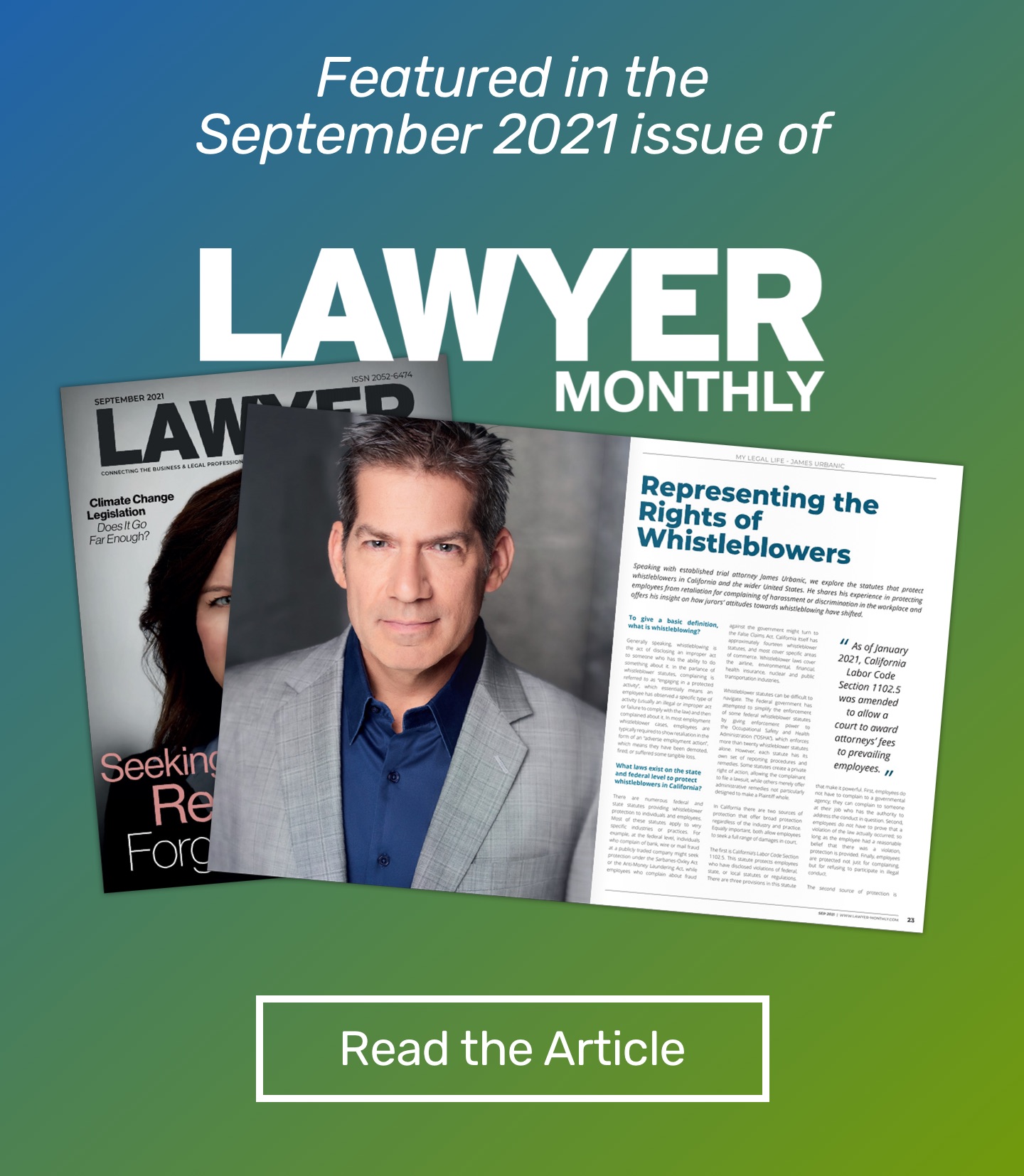
EEOC Task Force Identifies Strategies for Curbing Workplace Sexual Harassment
Officials at the U.S. Equal Employment Opportunity Commission (EEOC) recently convened a panel of experts to identify “some of the measures employers can take to prevent workplace harassment,” as the EEOC announced at the end of last month.
Focused in finding “innovative steps to prevent workplace harassment,” the panel – which the EEOC has deemed the Select Task Force (STF) – included judges, business leaders, academics, and labor advocates who met in Los Angeles under the oversight of co-chairs Chai R. Feldblum and Victoria A. Lipnic, EEOC Commissioners.
And some of the strategies that came out of this meeting may be used to guide future policies and enforcement actions.
5 Innovative Strategies Identified to Prevent Workplace Harassment
Among the various measures the STF noted as being critical to curbing harassment in U.S. workplaces included:
- Providing various ways for harassment to be reported – With this solution, the targets of workplace harassment may have a few options for reporting what happened. For instance, while reporting may be possible through traditional HR channels, it may also be possible to allow workers to report harassment incidents via a designated ombudsman, an online system, etc. Multiple reporting options can be essential to providing victims with ways of reporting harassment that encourage these reports/making them comfortable filing such reports.
- Leveraging buyer power to impact employers’ workplace harassment policies – This strategy is intended to encourage companies themselves to take action in encouraging responsible harassment policies among other businesses. Specifically, the EEOC noted programs in which buyers refused to work with companies that did not have workplace harassment policies in place.
- Giving the witnesses to harassment options for being part of the solution – Another strategy to come out of this meeting was to find ways to allow those who may have seen, heard or otherwise witnessed workplace harassment to take action and report the incident. Although specifics about how this strategy could be implemented have yet to be presented, experts did agree that allowing witnesses to be part of the solution could be pivotal to ending harassment in the workplace.
- Encouraging prompt investigations of workplace harassment reports – The sooner action is taken to look into allegations of workplace harassment, the more effective anti-harassment policies may be at work, the STF experts generally agreed. That’s because swift investigations – followed by immediate and appropriate disciplinary action when necessary – can send the message that a company will not tolerate harassment against any of its employees.
- Urging company leaders to set a good example and support anti-harassment policies in the workplace – Related to the above strategy, having management buy-in and support of workplace anti-harassment policies is another key to stopping harassment at work. This is because workers generally look to leaders for guidance, and a good example at the top can go a long way to stopping harassment (and other illegal practices) at other levels of an organization.
Remarking on the findings of this meeting, Co-Chair Lipnic explained that:
[This] meeting made clear that all parties – employers, workers, bystanders, and regulators – have a role to play in combating and eliminating workplace harassment…The testimony we heard today set out a number of promising practices, which we will continue to explore going forward.”
While the EEOC continues to work on developing strategies to end harassment in the workplace, it has yet to announce the next meeting of the STF. As more news about these efforts becomes available, we’ll report the latest updates to you in a future blog.
In the meantime, share your thoughts about this blog with us on Facebook & Google+.
Contact a Los Angeles Harassment Attorney at Urbanic & Associates
Have you been the target of workplace harassment or retaliation? If so, you can turn to Los Angeles harassment attorney at Urbanic & Associates for help defending your rights and pursuing justice. Call our firm today at (310) 216-0900 or email us via the contact form on this page.
From our offices based in Los Angeles, Attorney James Urbanic provides superior representation to clients throughout Los Angeles County and southern California, including (but not limited to) those in Glendale, Burbank, Alhambra, Van Nuys, Santa Monica and Orange County.

